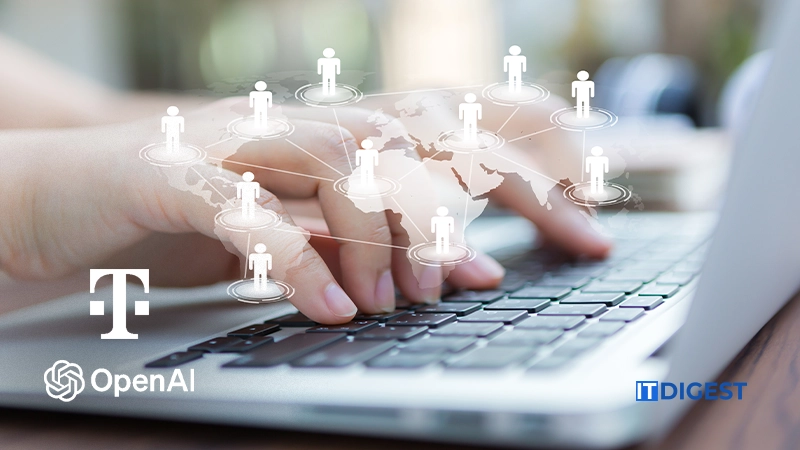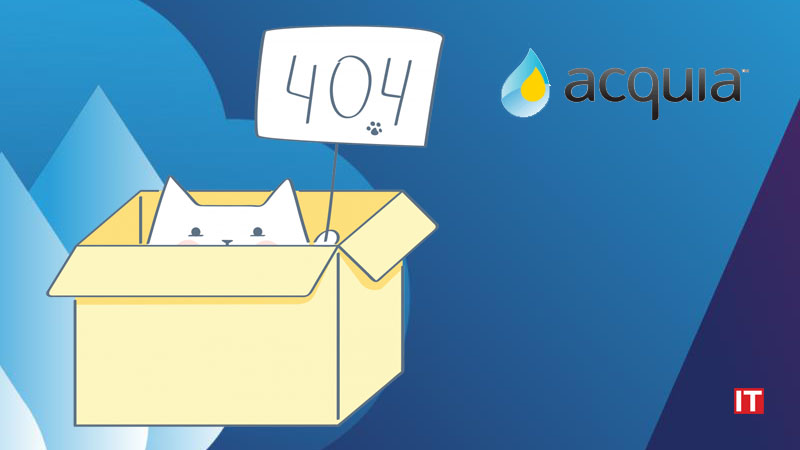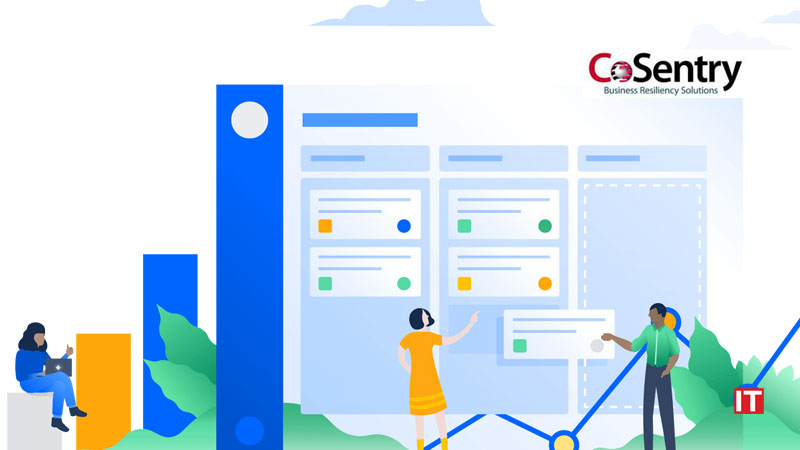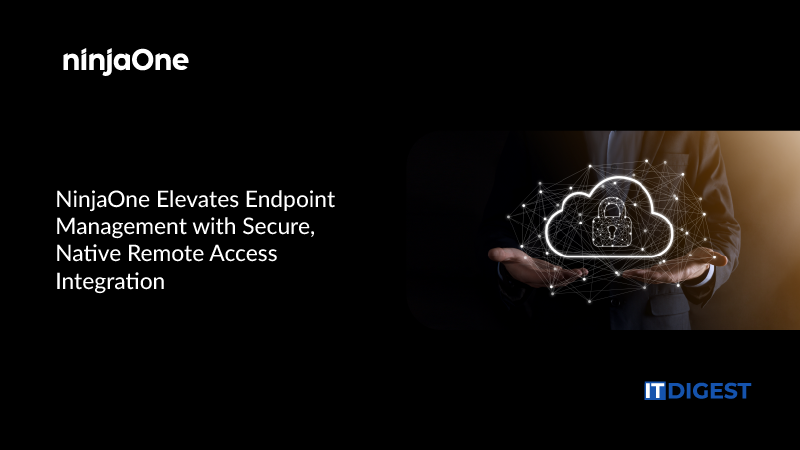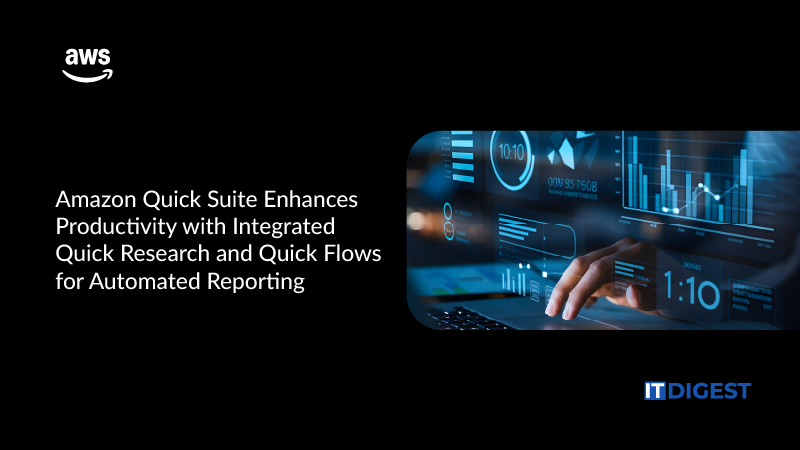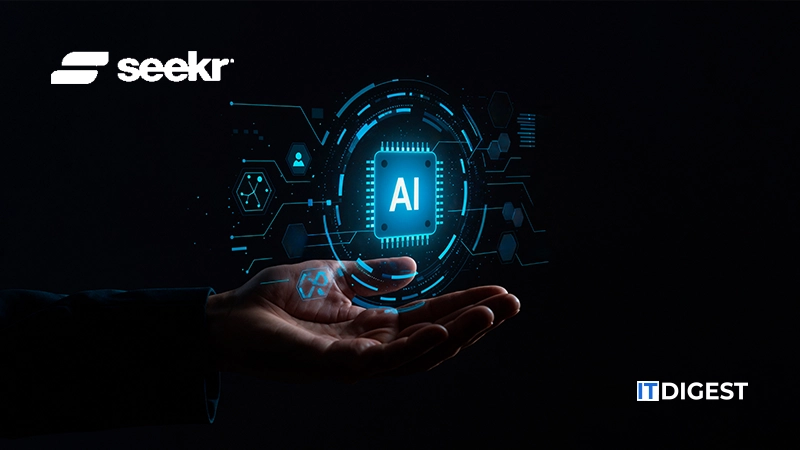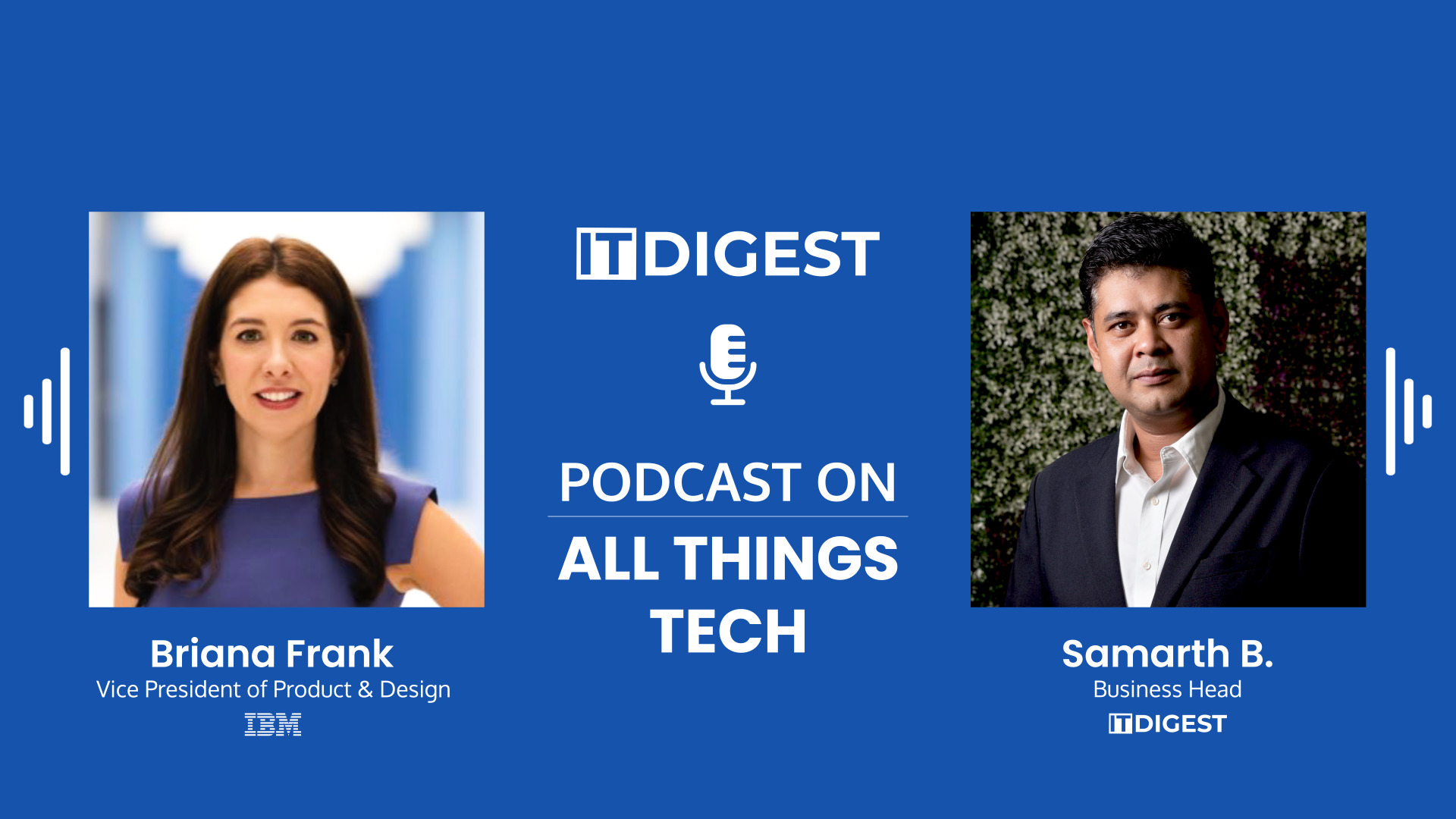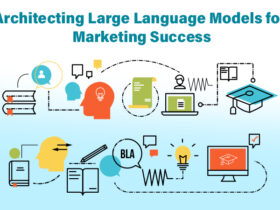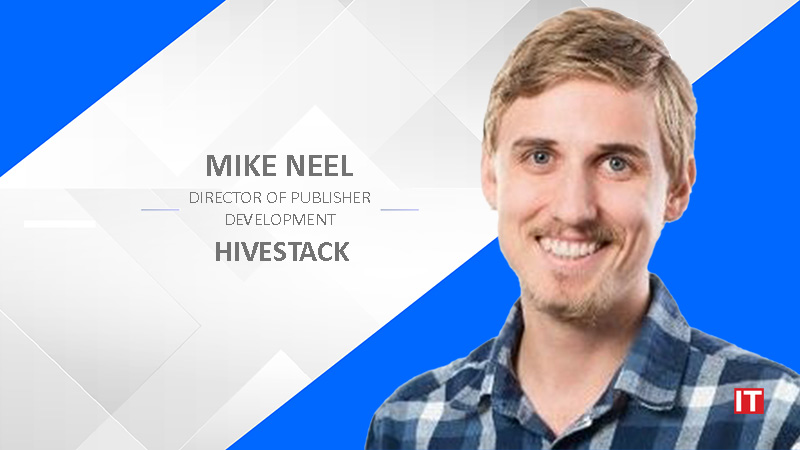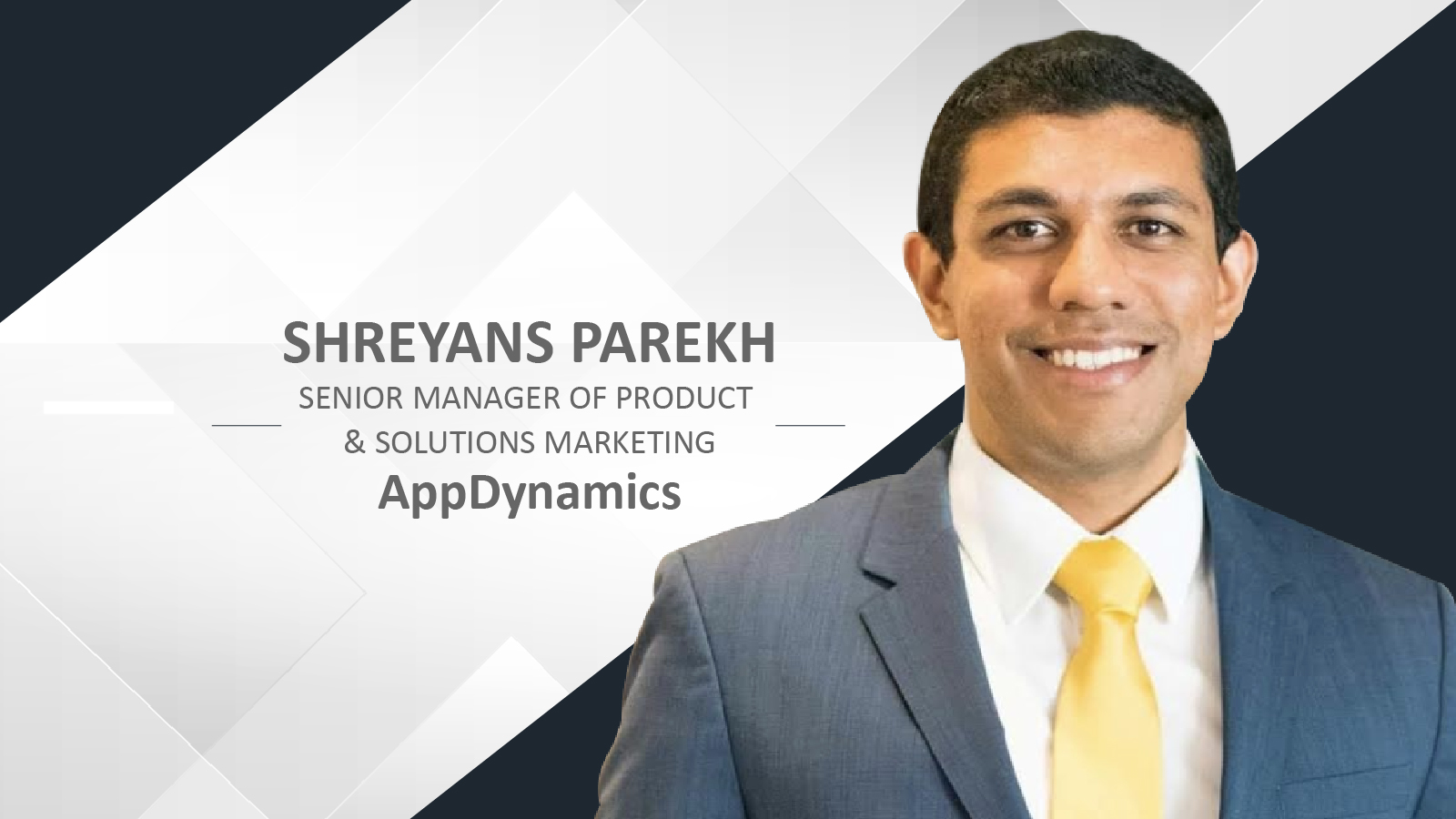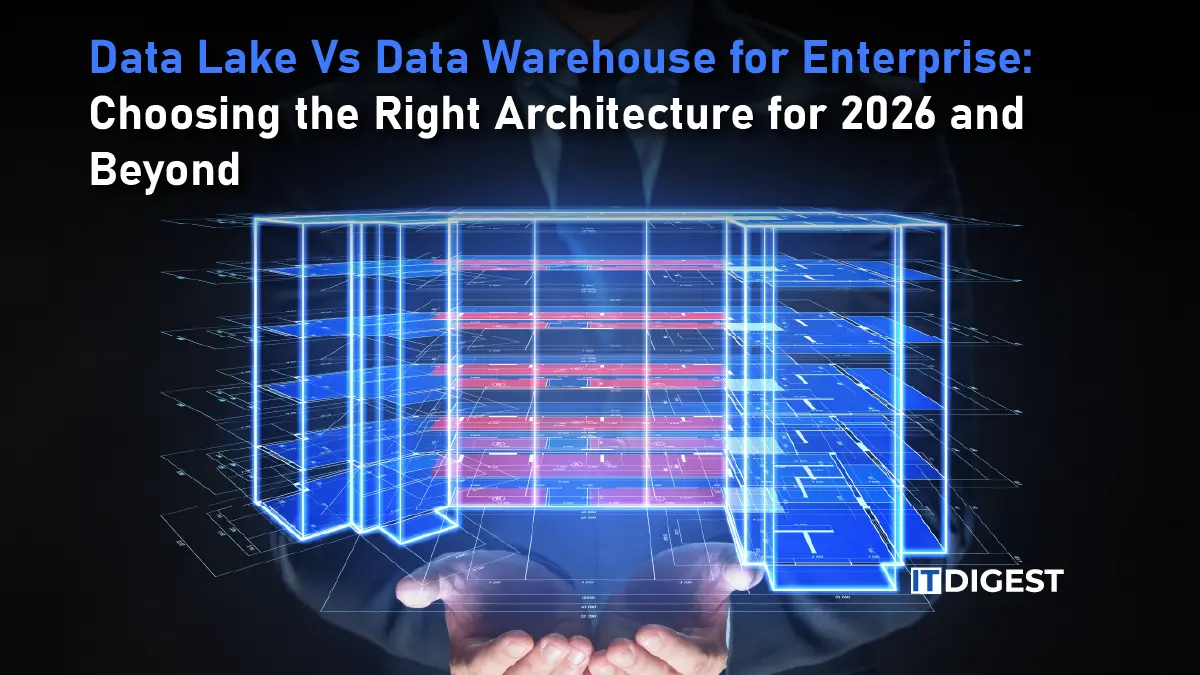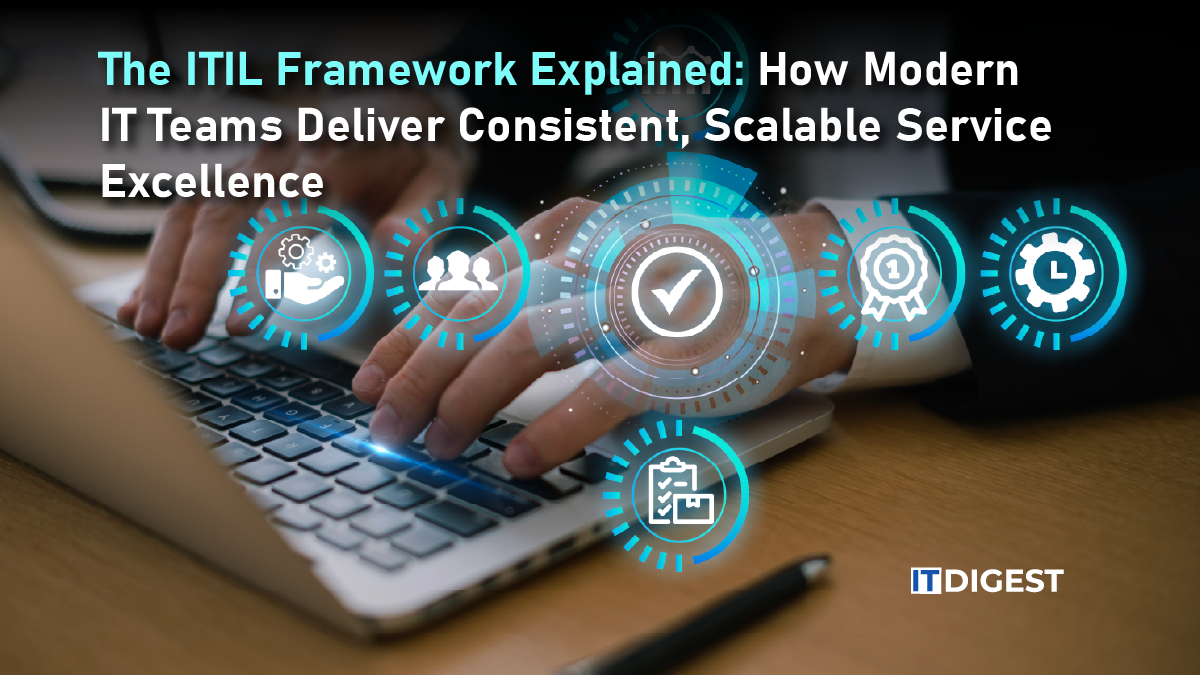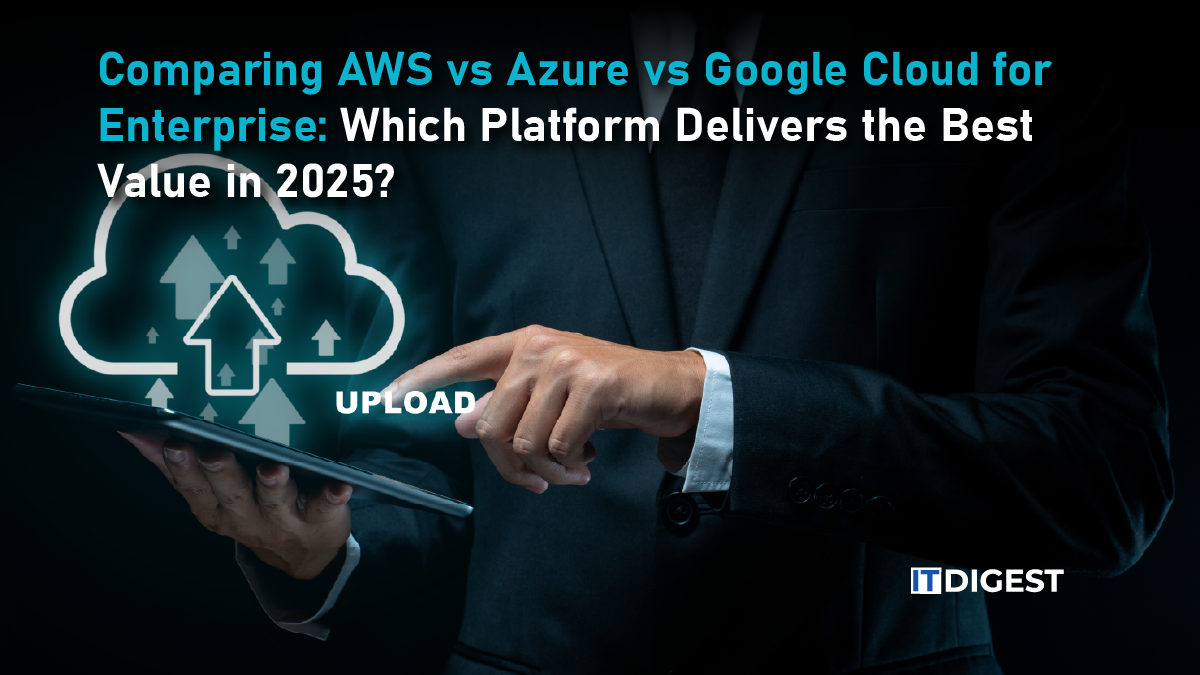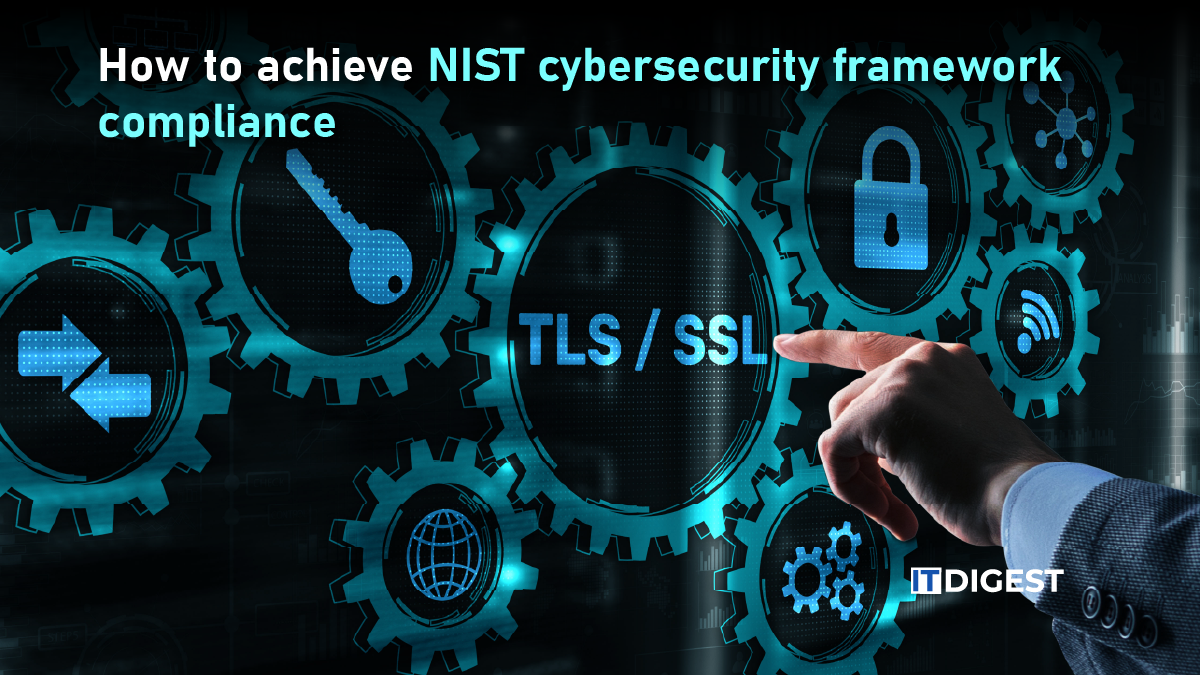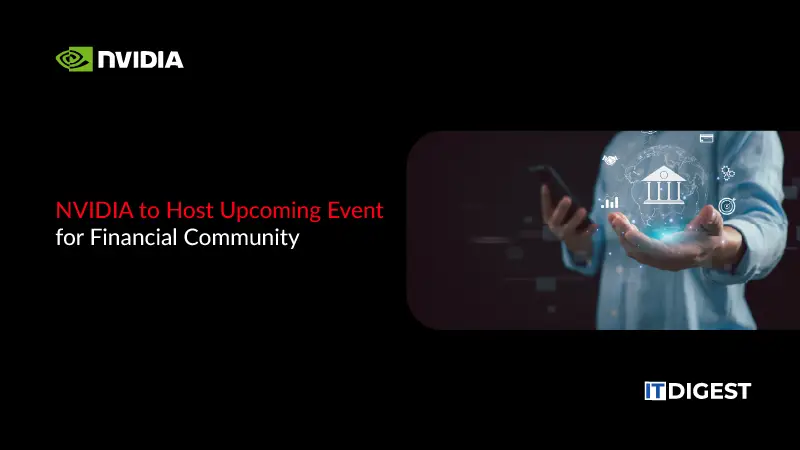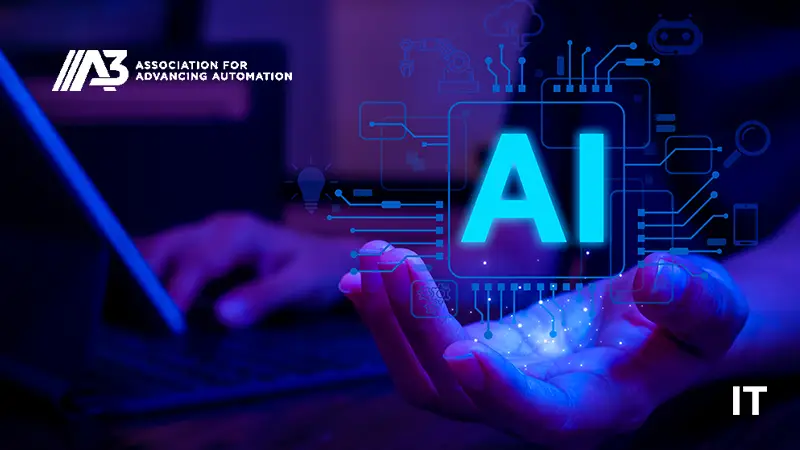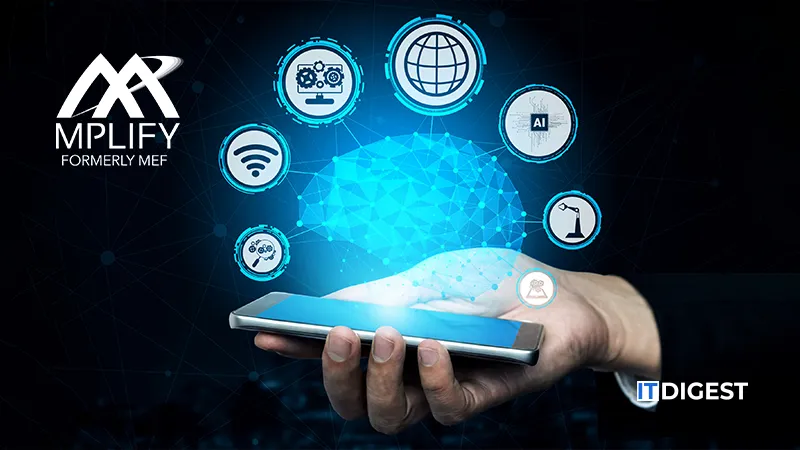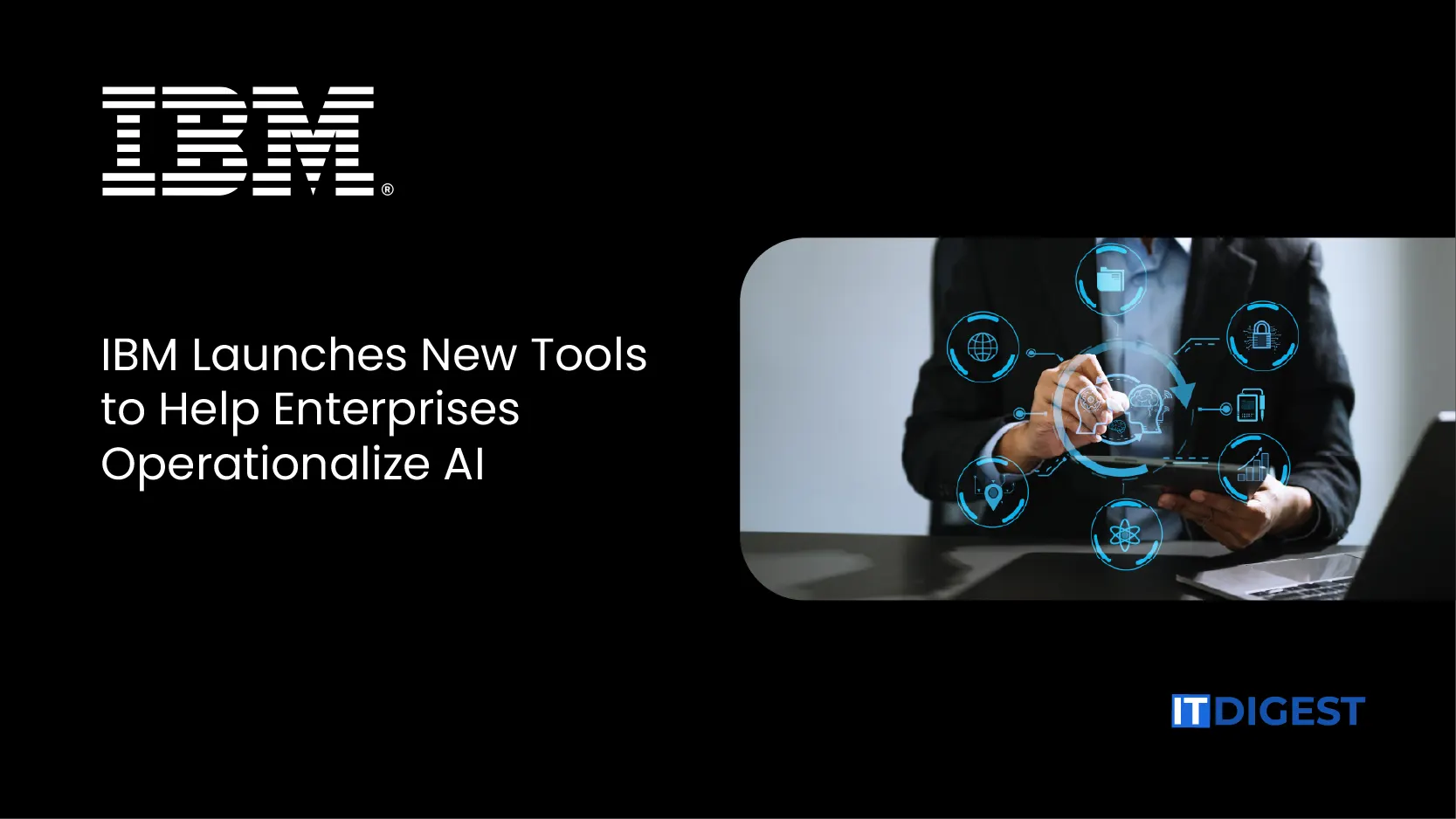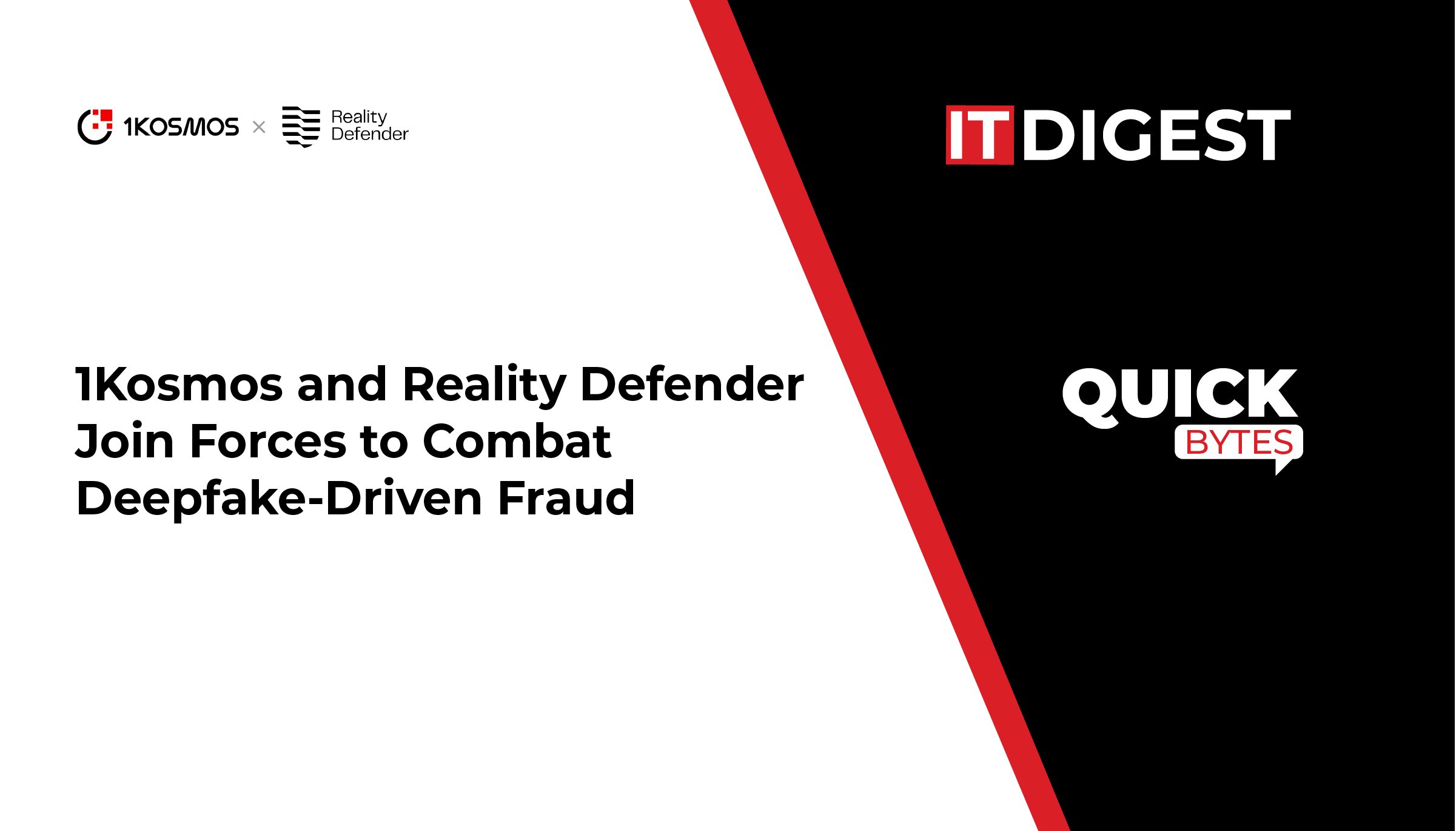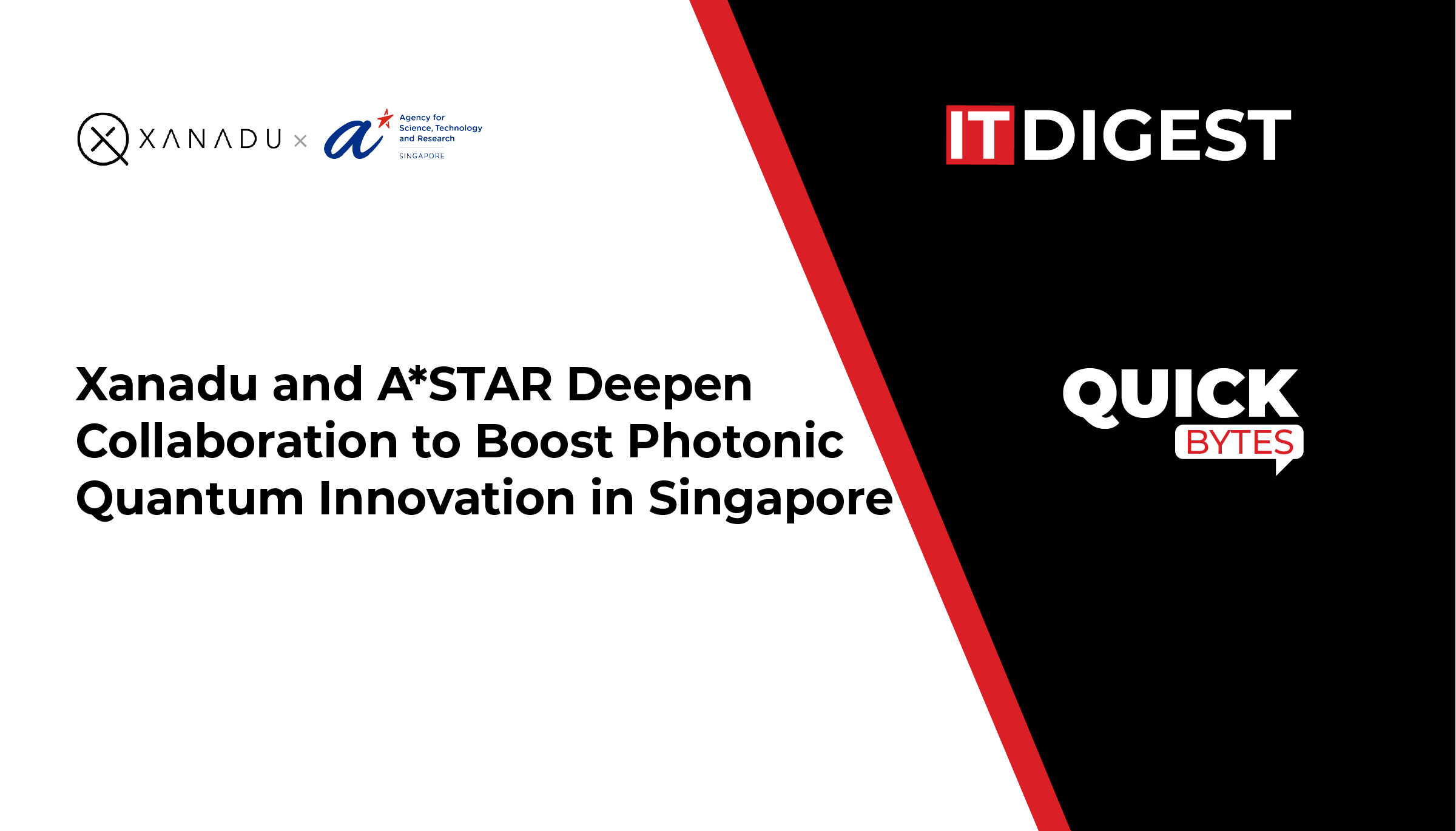IBM unveiled an array of new and upcoming product capabilities aimed at helping enterprises move beyond AI experimentation and achieve measurable productivity gains across development, operations, and business workflows. Drawing thousands of technologists and developers from across the globe, the event served as a platform for IBM to showcase its latest advancements in agentic AI, hybrid cloud, quantum computing, and intelligent infrastructure.
Generative AI promises to unlock trillions of dollars in economic value in the coming years, yet many organizations encounter adoption barriers, from fragmented hybrid environments to gaps in data quality and AI readiness. IBM’s latest innovations are designed to address these challenges, providing solutions that support production-ready AI, real-time governance, and seamless integration across hybrid cloud ecosystems.
“AI productivity is the new speed of business. These features will help clients remove bottlenecks across their entire technology lifecycle,” said Dinesh Nirmal, Senior Vice President of Products, IBM Software. “With these enhancements across our portfolio, we’re giving customers capabilities that take developer productivity, agentic orchestration and infrastructure intelligence to the next level.”
Enhancing Performance with Agentic Orchestration
At the core of IBM’s agentic AI strategy is watsonx Orchestrate, which offers over 500 tools and customizable, domain-specific agents developed by IBM and its partners. Designed to be tool-agnostic and flexible, Orchestrate enables scalable AI deployment with robust governance.
Key capabilities include AgentOps, a built-in observability and governance layer that ensures full lifecycle transparency. Real-time monitoring and policy-driven controls allow organizations to assess agent reliability effectively.
For instance, consider an HR agent onboarding new employees:
-
Without AgentOps: The agent sets up benefits and payroll, but teams lack visibility into whether policies are applied correctly or sensitive data is handled securely until issues arise.
-
With AgentOps: Every action is continuously monitored and governed, enabling anomalies to be flagged and resolved in real-time, ensuring a seamless onboarding experience.
Also Read: NEC & Red Hat Strengthen Global IT Modernization Efforts
IBM has also introduced enhancements to simplify agent setup and orchestration for both technical and non-technical teams:
-
Agentic workflows: Developers can now utilize standardized, reusable flows to sequence multiple agents and tools consistently, reducing reliance on brittle scripts.
-
Langflow integration: Teams without deep coding skills can build agents in minutes using Langflow’s drag-and-drop visual builder. This integration is currently in tech preview and expected to be generally available by the end of October.
Looking ahead, IBM plans to extend these capabilities to mainframe systems with watsonx Assistant for Z. These purpose-built IBM Z agents aim to shift from reactive troubleshooting to proactive system management, automating operational processes while maintaining security and compliance. This enhanced experience builds on the IBM z17 launch to streamline workflows and boost productivity for mainframe users.
Advancing a Trusted Infrastructure for AI Agents
Following its acquisition of HashiCorp, IBM introduced Project infragraph, designed to replace fragmented tools and manual processes with a unified, intelligent control plane for observability. As enterprises scale across hybrid and multi-cloud environments, tool sprawl often creates silos of critical data.
For example, when a critical Common Vulnerabilities and Exposures (CVE) is discovered, the standard approach requires multiple teams to manually track and ensure patches are applied. With Project infragraph, organizations gain a unified view of their infrastructure and security posture, eliminating silos. It offers live visibility rather than manual reporting of resources within and outside HashiCorp Cloud Platform (HCP) and allows drill-downs into clusters and containers to access near real-time data.
Project infragraph will be delivered as a capability within HCP, with future plans to connect to IBM’s broader software ecosystem, including Red Hat Ansible, OpenShift, watsonx Orchestrate, Concert, Turbonomic, and Cloudability. This integration aims to unify infrastructure, security, and application management under a consistent data and policy framework, helping enterprises drive greater efficiency and trust in AI-driven operations.


